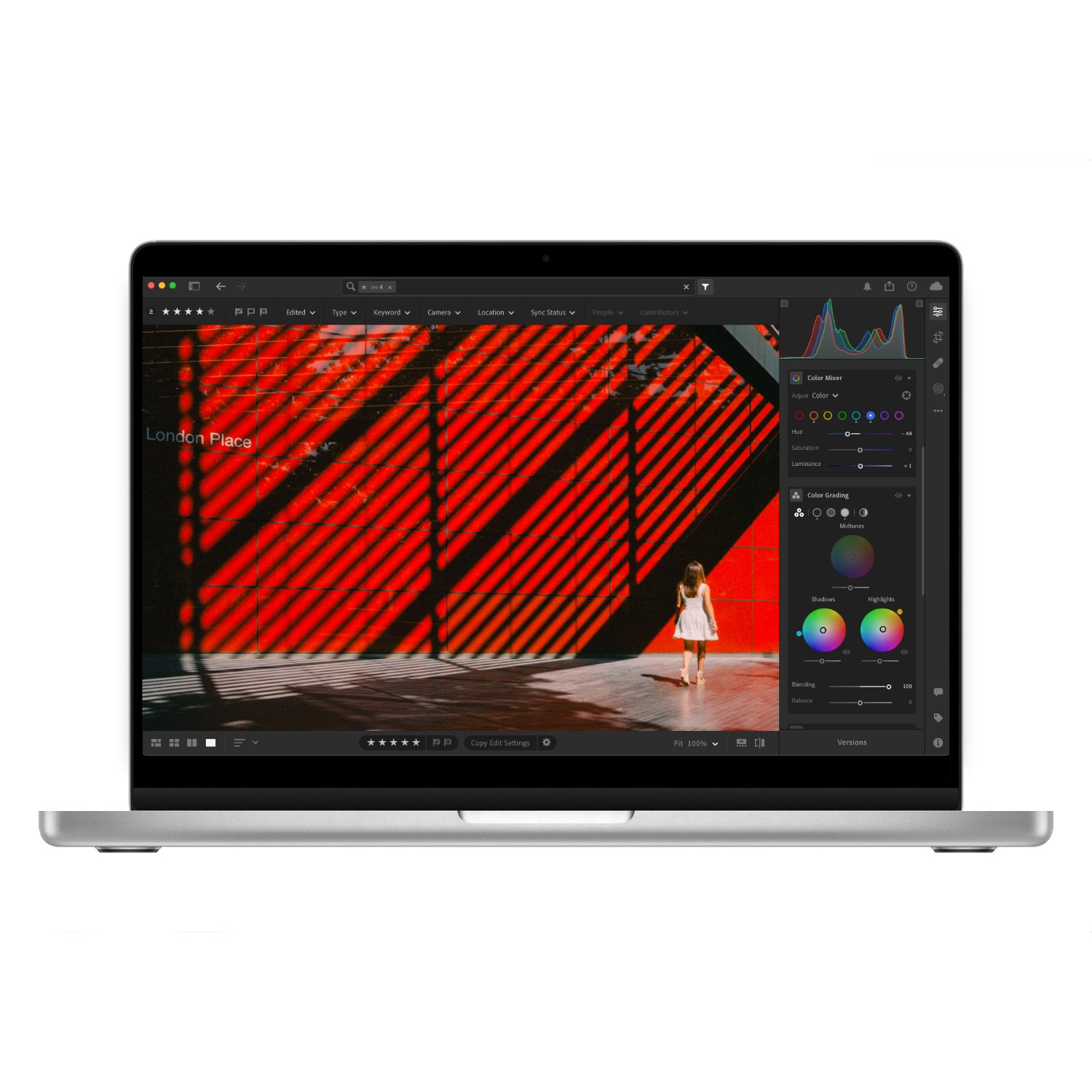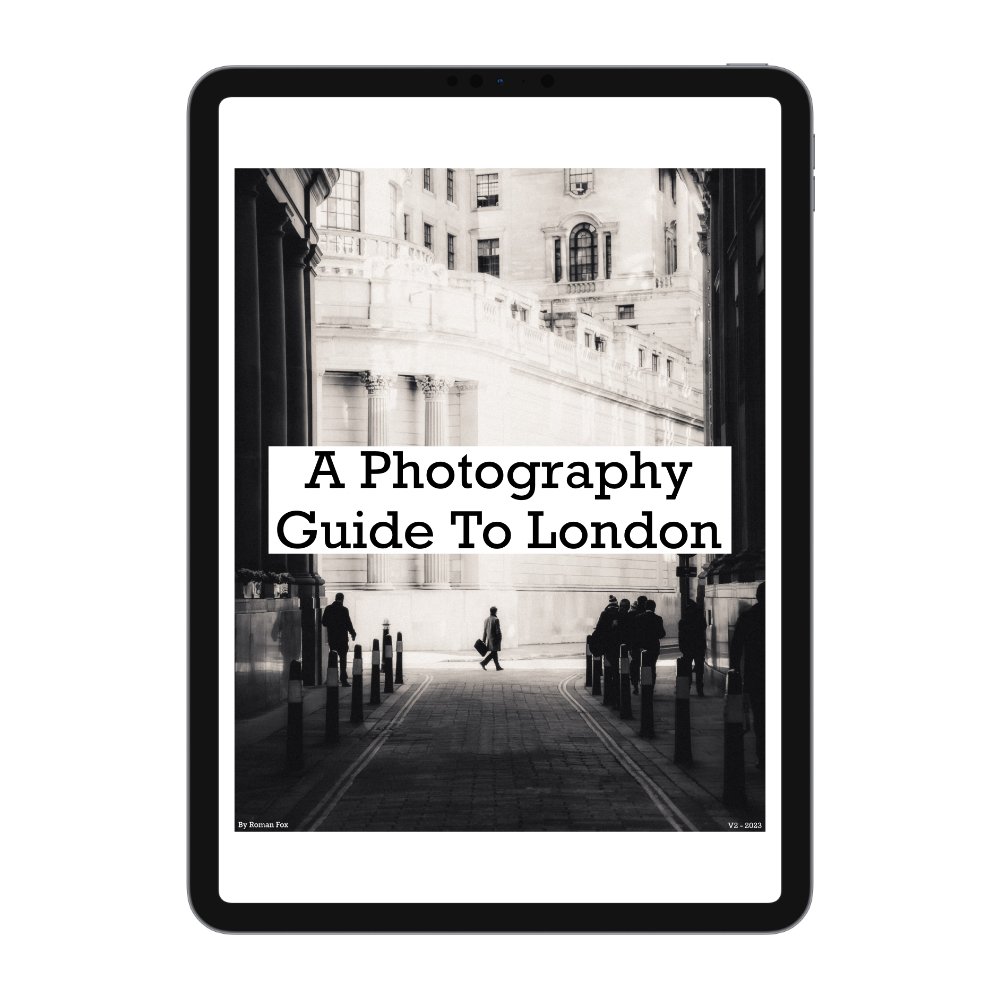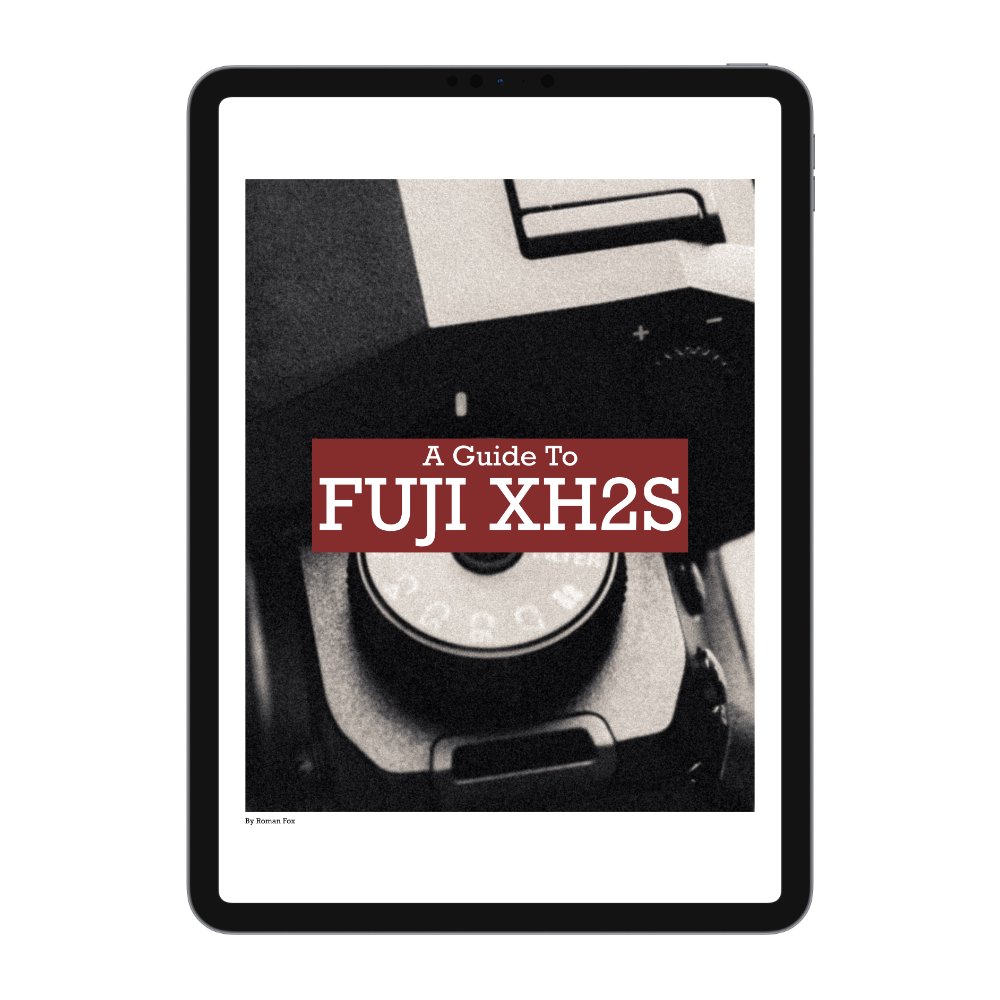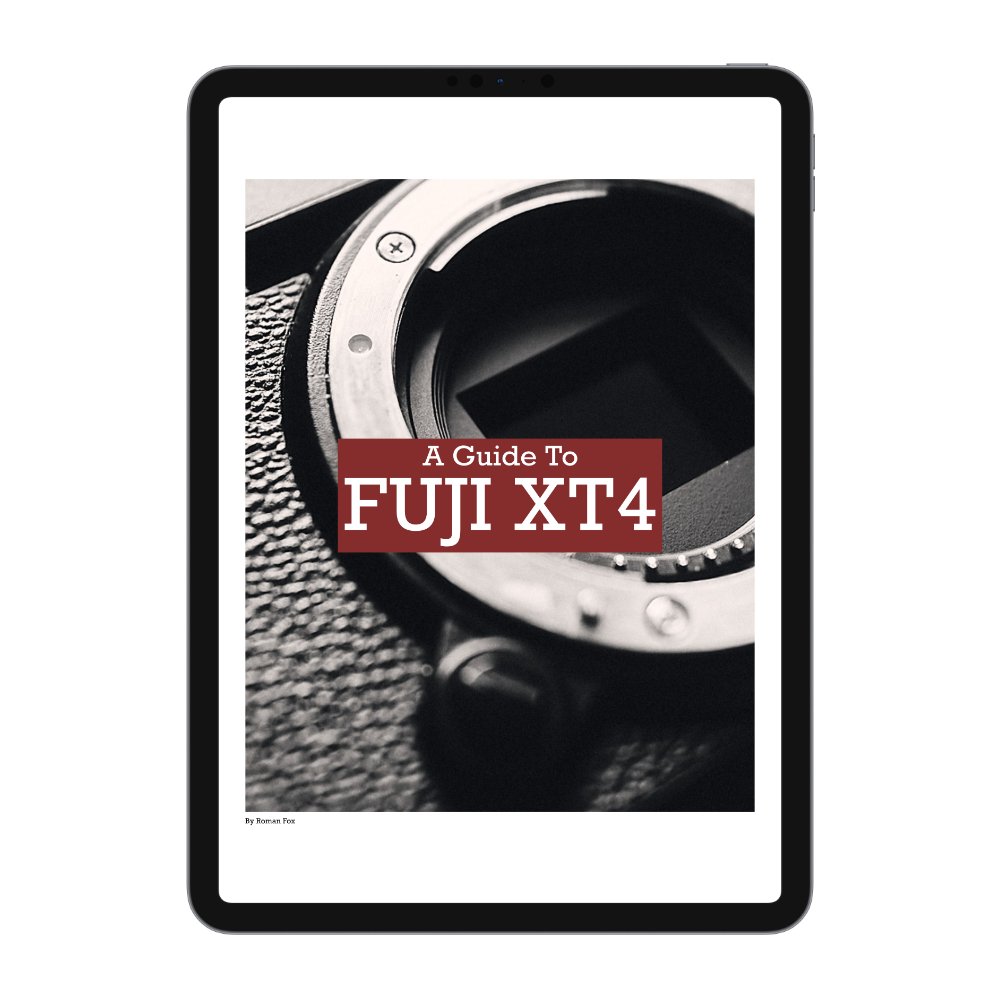How To Make Money From Photography 2024
In my experience there are only two main ways one can make money from a camera. The first is a traditional freelance path and the second is to build an audience that wish to support you. There are other ways too but these are the main ones. Prior to trying the online audience route, I dabbled with some freelancing for a couple years and honestly, it was hell. Unless you’re in the very top 1% the money is not great. Unless you’re willing to put clients before your own life, you can easily end up with no clients. You will need to always be networking, looking for new clients, keeping current ones happy, reaching out to old jobs and constantly be pitching. You will lose work to someone who’s cheaper and someone who’s mates with the HR person even though their work sucks. You will have no idea when your next pay check will be and how much it will be for. You will spend months chasing clients who don’t pay. You will deal with people who frankly don’t give a shit about you or your time. Most of all you will spend hours of your time making someone else’s business look good for average money, sub par treatment and zero benefits. I know it all sounds doom and gloom and of course there are some amazing clients and amazing jobs. However this is the real picture and one that often gets glossed over.
When it comes to building an online audience, then having great photos is no longer enough. 10 years ago when social media was young and photography wasn’t as democratised, you could be an above average photographer and build an audience from just your photos. Today this is simply not a reality for 99.9% of people. The bar has gone up 10 fold and photography is accessible to pretty much everyone. If you want to build an audience these days you need to either teach, entertain or inspire. In order for you to inspire others, you need to have a lifestyle or personality that’s inspirational. In order for you to entertain others, you need to have the desire to make entertaining content. Most people don’t fall into these two categories, at least not initially. The only other option is for you to teach, which is why many (including me) go down the YouTube / IG Reels path. Personally I recommend everyone to try it if they wish. Even if you find it’s not for you, you will gain new skills and confidence from making videos. If you do stick at it and your platform grows, then you need to think of how you can add value to others and in return allow them to support you. A good example is this very blog you’re reading. You spent your hard earned cash to buy it thus supporting me and in return, I’m sharing everything I’ve learned over the years in the hopes of giving you a shortcut and improving your photography.
My honest advice to everyone is to have a solid 9-5 that you actually like where hopefully you’re treated well, have good benefits and some flexibility while keeping photography as a hobby. For sure build a small audience around your work and maybe even sell some zines for fun, however your living expenses are not tied to your hobby. There are some very well known photographers with huge online followings that still have a 9-5 and want to keep it that way. Of course if over time you find that your hobby morphs into something else and you have an opportunity to give it a shot, then go for it, I did and it was the best decision I’ve made. If you’re still interested in pursuing either one of these paths, then I hope the following will give you some initial guidance.
If you wish to go down a freelance path, the first thing you need to figure out is what you want to specialise in. No one hires a photographer who does weddings on weekends, food photography on Tuesdays and shoots cars on the Friday. If you’re not sure what you want to photograph, take on as many different free shoots as possible until you start to get a feeling for what you like. Once you have a rough idea, then delve deeper and find a niche within that genre. The more specific the niche the easier it would be for perspective clients to figure out if you’re a good fit or not. Once you have a good idea of what you want to shoot, then you need to build a GOOD portfolio. If you have no experience, then do free shoots until you gain that experience. When you eventually have a portfolio you’re happy with, create a portfolio website and a dedicated social media profile for your business. Start charging a small amount and hopefully you will have a few leads from all the free shoots you’ve done to get going. If not, reach out to them and see if they need more shoots or if they know someone who might. Your job now is to get clients so think about where your potential clients might be and find a way to get there. Then repeat the same process over and over while consistently increasing the quality of your work. This is a gross oversimplification but as I said, this isn’t a ‘How to make money from photography’ book.
If you wish to go down the online creator path, the first thing you need to figure out is what you want to specialise in. No one follows a photographer who posts cars today, birds tomorrow and edgy self portraits the day after. Find a genre that you like and focus on that at least initially. Like with freelancing, the more specific the better because people want to know what they are getting themselves into when they hit the follow or subscribe button. Your first priority should be to get to above average competence before trying to grow your profile. There plenty of YouTubers who talk a good game yet their photos don’t always match up. Once you have a couple years of experience behind you, then you can start sharing advice to those who are just starting out. Think back to the issues you faced and how did you overcome them. Have a think about what you would do differently knowing what you know now and find a way to put that information into something concise and easy to digest. Once you have a format, create videos around those topics for both YouTube and IG Reels. Before you actually film anything, first of all write a script with everything you want to cover. Not only does this help you stay on point in the video, it also doubles up as a blog for your website. Then like before, simply repeat, fine tune and improve. The biggest issue you will face is losing motivation when nothing seems to work, however everything takes longer than you think. It took me 4 months of weekly videos to get to 100 subscribers. It took me 2 years of near daily posting to get to 1000 instagram followers. This is why consistency and slow improvement is key.
The next piece of advice is to avoid going viral unless all you want is temporary online fame. I used to know a fashion guy who desperately wanted to grow his YouTube channel. He had around 20k subscribers at the time and used to post videos about the clothes he was wearing. Although his channel was ok, it never really progressed and seemed somewhat stagnant. 2020 came around and as Covid got us all stuck indoors, home workouts became the trending thing. To capitalise on that, he made a couple home workout videos and they took off amassing tens of millions of views. His channel went from 25k to over a million in a year. Sounds great right? Well if I go and look at his channel now, even though he has nearly 2 million subscribers, many of his videos barely get over 50k views these days. The only videos that still do well are home workouts, not fashion. Don’t get me wrong, he still has a very profitable YouTube business and has nothing to worry about, however what this shows is if you go viral for something, be prepared for the majority of your audience to only care about the topic you went viral for. For example you love wildlife photography and that’s all you want to do, however you've seen that street photography has become popular and you decide to jump on the bandwagon for some easy views. You make a video that ends up going viral and your following has gone from 1000 to 10,000. Although this might initially seem amazing, the reality is that 90% of your audience doesn’t care about wildlife photography. Next time you share an amazing photo of an Arctic Fox from your Iceland trip, most people will scroll past because it’s not what they signed up for.
Finally I want to touch on AI. Whether you like it or not it’s coming and although I can’t predict the future, I can make an educated guess on how it might impact photography. I won’t go into the details here, instead I will cover how it might impact you making money. To put simply, AI will never replace human interaction and capturing real life human events. AI will never replace wedding, portrait and event photographers. AI will never replace photojournalists or people who document real life events. On the other hand, I can see AI replacing product and stock photographers.






























